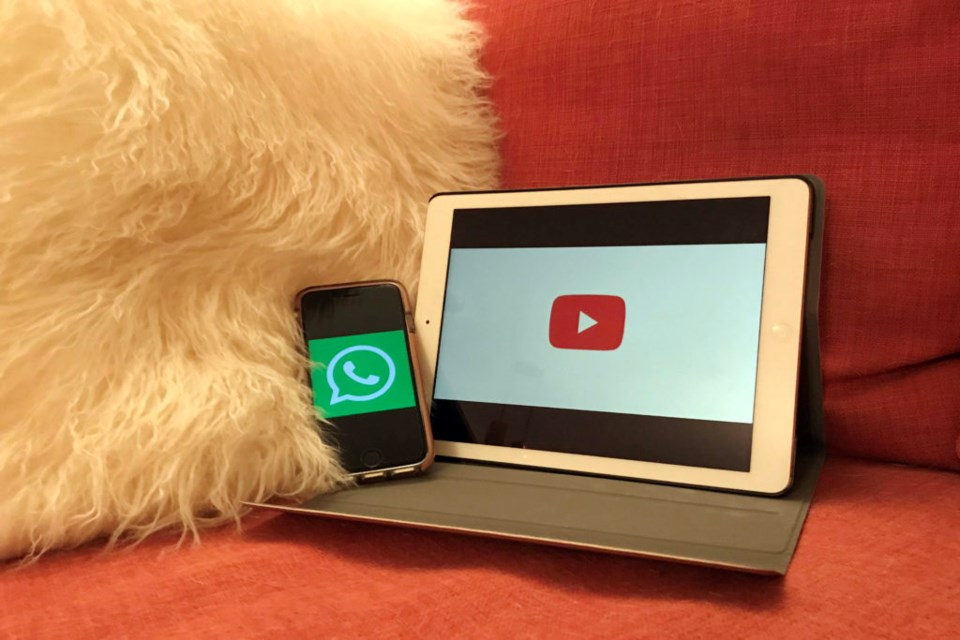
The Momo challenge was rumoured to reach children through WhatsApp and YouTube. (Hazel Norris)
If you’re a parent with young children, or are active on social media, you’ll likely have heard of the Momo challenge. It is rumoured to be a social media hack that has tortured and even killed children all over the world.
In fact, the scariest thing about the Momo challenge is how well it shows us the internet’s ability to create a false panic. Reliable media sources such as CBC News and The Atlantic magazine report this as a hoax. “So far, there are no substantiated reports of children causing any kind of harm because of these videos,” says the former. “The ‘Momo challenge’ is a recurring viral hoax that has been perpetuated by local news stations and scared parents around the world,” says the latter.
Local parents have been on social media recently, asking if the challenge is real, how they can protect their children, and what they can do about it.
Others have been quick to point out this hoax has been circulating for years.
The face of the challenge, a creepily manipulated female visage and bust propped on bird talons, is actually a photograph of a sculpture made by Japanese artist Keisuke Aiso for an exhibit in Tokyo. The sculpture itself has been destroyed by the artist, due at least in part to all of the trouble surrounding the likeness. “The children can be reassured Momo is dead — she doesn’t exist and the curse is gone,” says the artist in a video.
Kim Elltoft, mother of 10-year-old Ruby, says a letter was sent home from Royal Oak Community School advising parents to do some research on the viral challenge. They were offered some links to various news reports, says Elltoft. “It was weird how it was reported on the news,” she says, stating no conclusions seemed to be offered. The school also made a point of talking with the students, according to Elltoft. “They were told at school that if they saw anything strange on the internet or social media, to tell a parent right away. Even if what they saw told them not to tell a parent.”
This reminded the Elltofts to have another conversation with their daughter about internet safety, which they do quite regularly. “She knows she should be careful,” says Elltoft about Ruby. “She’s very good about that.”
The hoax does serve as a reminder, though, that children (and all of us) are vulnerable to the whims of nefarious hackers.
While she agrees it does appear to be a hoax, Gianna Dritsacos of ROCS says, “There are in fact many dangers and predators on the internet and our mission is to educate our children and families on how to be safe when they are online. I am currently looking into bringing a guest speaker in to talk to the children about internet safety.”